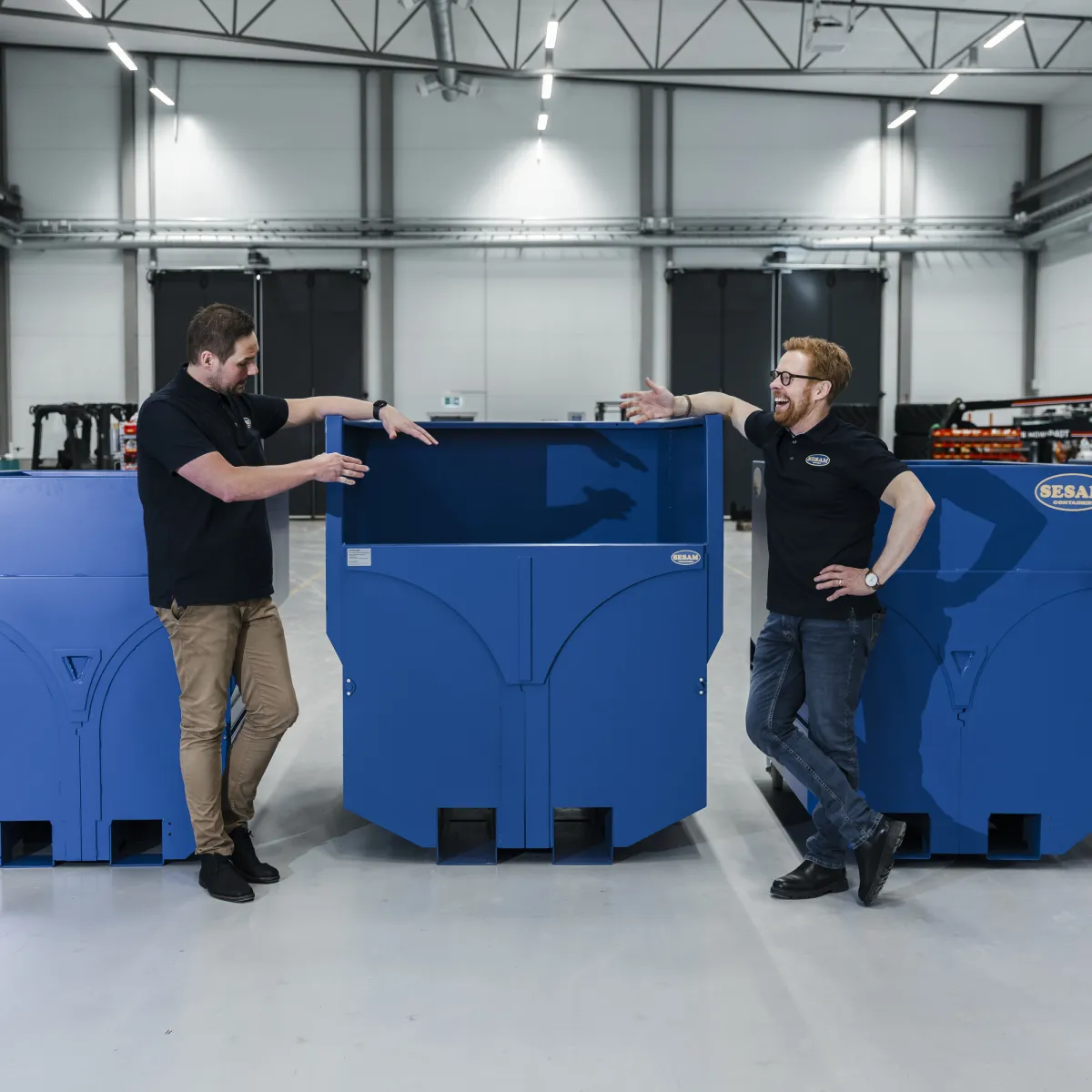Safety Tips for Operating Bottom Emptying Containers
Safety Tips for Operating Bottom Emptying Containers
Blog Article
When it comes to bottom-emptying pots, durability is just a critical factor. These bins should withstand recurring use, varying environmental situations, and continuous handling. That makes material choice a premier priority. To ensure that bottom emptying container (bottentömmande container) present extended company life and maintain their efficiency, makers depend on unique resources manufactured for power, opposition, and reliability.
Under, we highlight the best materials that promise longevity and performance for bottom-emptying containers.
1. High-Density Polyethylene (HDPE)
High-Density Polyethylene, or HDPE, is one of the most typically used products for resilient containers. Noted for their impact resistance and flexibility, HDPE can handle both heavy loads and rough handling. This substance is specially suited to hard professional use and outside settings because of their opposition to UV rays and chemicals. Moreover, HDPE is lightweight, which makes it easier to transport and control without limiting on strength.

Why Choose HDPE?
Outstanding resistance to weather and substances
Lightweight but strong
Eco-friendly, since it is recyclable
2. Stainless Steel
For industries requesting heavy-duty longevity or sanitary situations, stainless is an ideal material. It's powerful, highly immune to corrosion, and effective at resisting serious heat fluctuations. Additionally, metal assures durability, which makes it a cost-effective selection in the extended run. Its easy area also simplifies maintenance and cleaning, that is important for applications in food processing or healthcare industries.
Key Benefits of Stainless Steel
Outstanding strength and toughness
Rust-proof and perfect for long-term use
Simple to completely clean and keep
3. Fiberglass-Reinforced Plastic (FRP)
Fiberglass-Reinforced Plastic (FRP) is a high-performance substance mixing the effectiveness of fiberglass with the cost-effectiveness of plastic. FRP excels in highly harsh and chemical-heavy surroundings, which makes it an excellent selection for bins utilized in substance manufacturing or storage. Additionally, FRP containers are light, making them simpler to maneuver in comparison to metal equivalents.
Advantages of FRP
Corrosion-resistant in demanding problems
Lightweight and easy to take care of
Can be tailored for particular purposes
4. Aluminum
When a harmony between energy and lightweight design is necessary, metal stands apart as a premier option. It is particularly favored for purposes that need freedom due to its minimal weight. Metal is corrosion-resistant, rendering it ideal for outside situations or locations subjected to moisture.

Highlights of Aluminum
Exemplary lightweight-to-strength percentage
Corrosion-resistant for outdoor use
Sustainable as it is recyclable
Choosing the Right Material for Your Needs
The decision of substance for bottom-emptying containers depends on the precise request, environmental problems, and needed fill capacity. HDPE is fantastic for cost-effective mobility, while stainless offers unparalleled strength for sanitary environments. FRP and metal, on one other hand, appeal to industries seeking lightweight or highly corrosion-resistant options.
By selecting the appropriate product, you can ensure that the containers offer lasting performance, remain functional with time, and suit special detailed needs. Report this page